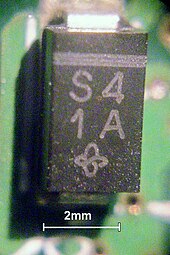
Back نقش بالليزر Arabic Lasersko graviranje BS Laser nga pagkulit CEB Laserbeschriftung German Grabado láser Spanish حکاکی با لیزر Persian Lasersko graviranje Croatian Lézergravírozás Hungarian Lasergravering NB Gravură laser Romanian
This article has multiple issues. Please help improve it or discuss these issues on the talk page. (Learn how and when to remove these template messages)
|

Laser engraving is the practice of using lasers to engrave an object. The engraving process renders a design by physically cutting into the object to remove material. The technique does not involve the use of inks or tool bits that contact the engraving surface and wear out, giving it an advantage over alternative marking technologies, where inks or bit heads have to be replaced regularly.
It is distinct from laser marking, which involves using a laser to mark an object via any of a variety of methods, including color change due to chemical alteration, charring, foaming, melting, ablation, and more.[1] However, the term laser marking is also used as a generic term covering a broad spectrum of surfacing techniques including printing, hot-branding, and laser bonding. The machines for laser engraving and laser marking are the same, so the two terms are sometimes confused by those without relevant expertise.
The impact of laser marking has been more pronounced for specially designed "laserable" materials and also for some paints. These include laser-sensitive polymers and novel metal alloys.[2]
- ^ Handbook of optofluidics. Boca Raton, FL: CRC Press. 2010. pp. 2–18. ISBN 978-1420093544.
- ^ Ganeev, Rashid A. (2014). Laser-surface interactions. Dordrecht: Springer. p. 154. ISBN 978-9400773400.
© MMXXIII Rich X Search. We shall prevail. All rights reserved. Rich X Search